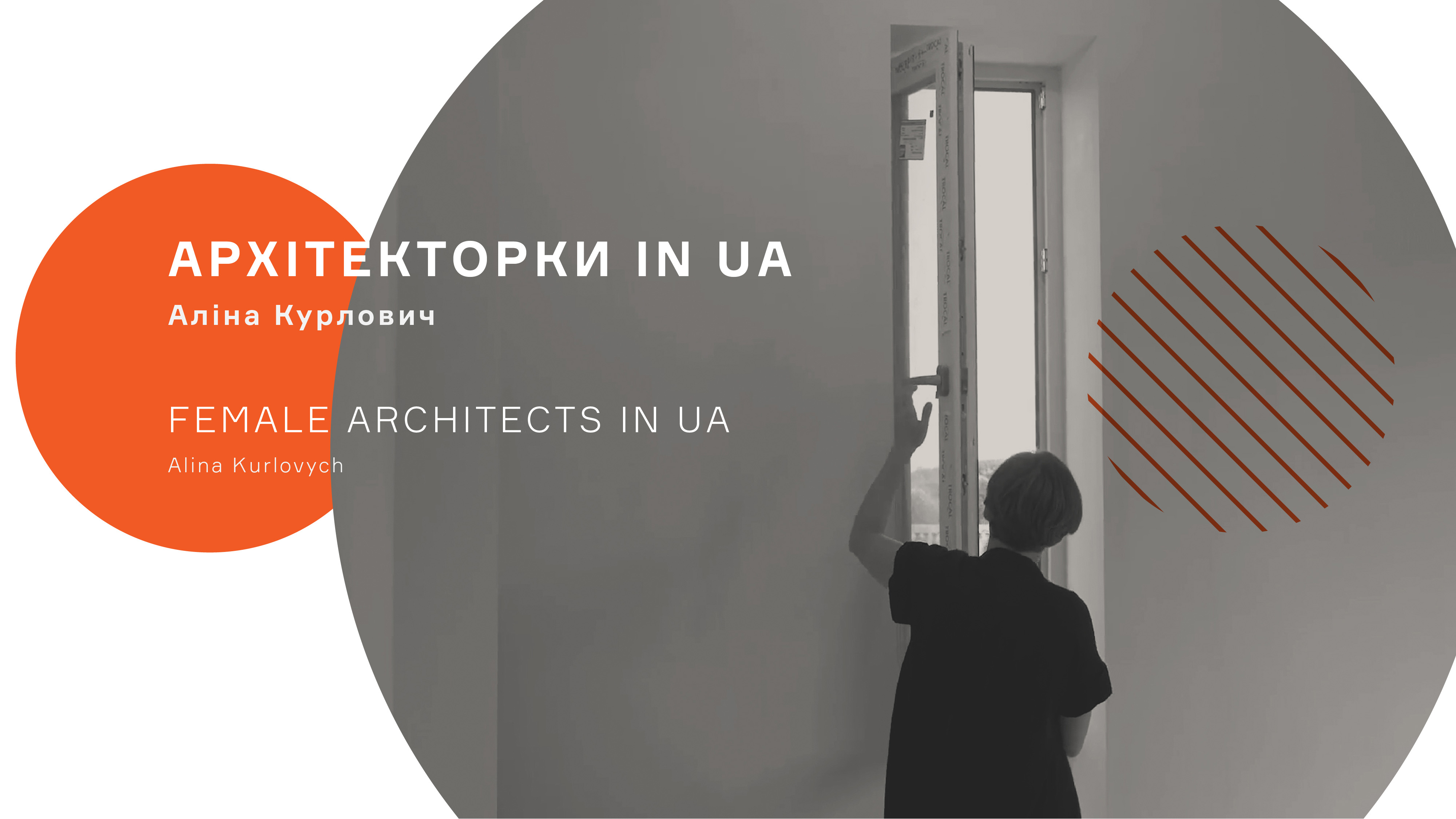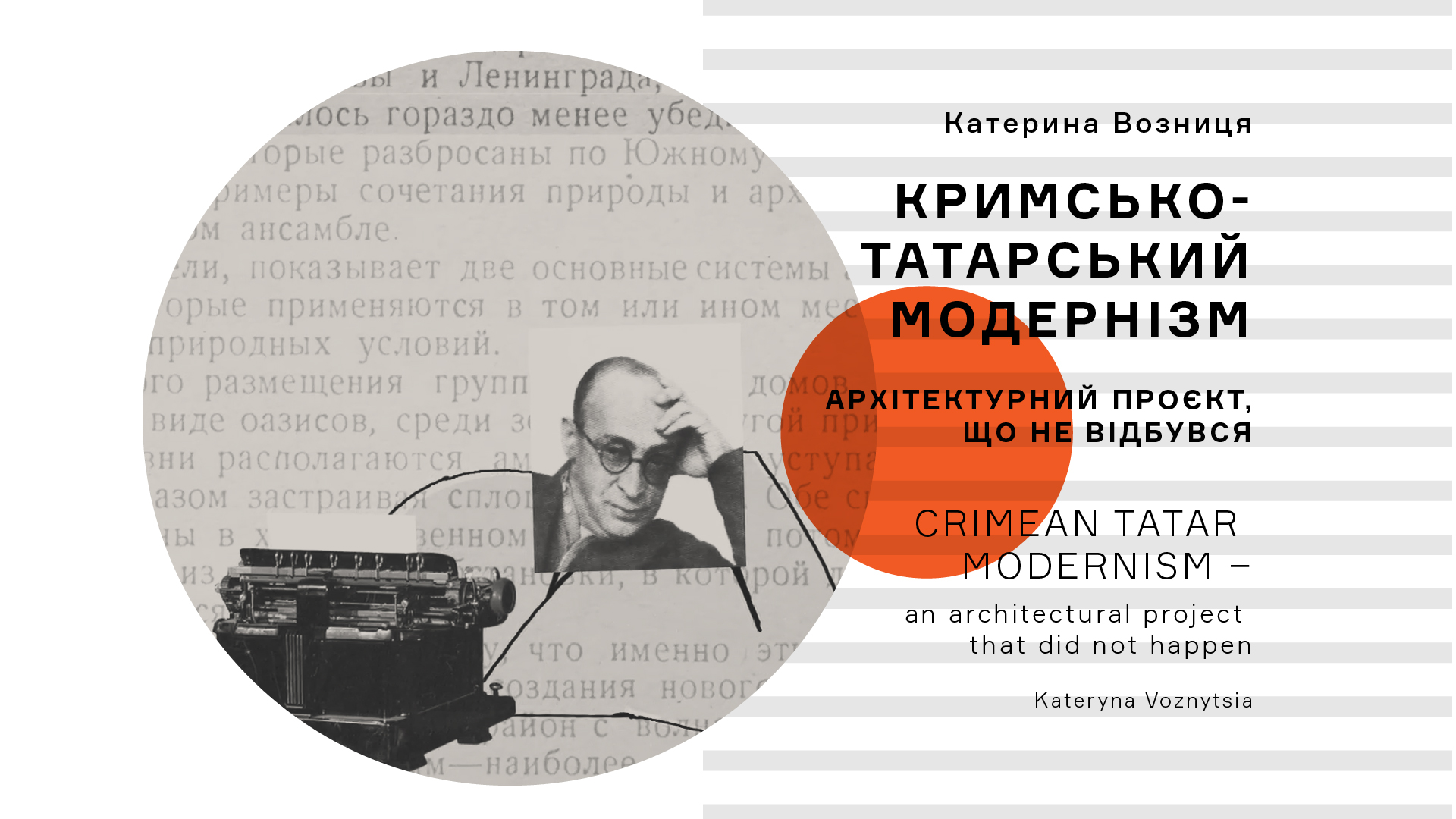At the stage of denial, the cultural heritage is perceived as an integral part of the political element to an era. This is why its artistic and historical value becomes unimportant. The works of art are exposed to constant danger and the researchers have nothing left to do but advocate for them. They have to explain that in civilized society, they don't measure the value of the cultural heritage by the attitude to the totalitarian regime. We don't have the right to destroy or damage the cultural heritage because of its affiliation to the totalitarian era. Nobody can overcome trauma without due reflection, but the trauma is something that prevents us from reflecting on our past.
The neoclassical architecture of 1930s – 1950s also known as the Stalin Empire style has become the last layer of monumental retrospective architecture in ex-Soviet countries and a good example of cherished housing. Magnific and ambitious, this style was supposed to display the happy and cheerful live of the Soviet people. The life which existed mostly in collective consciousness. Because the living conditions of most people were hard. Many decorative details, applying the heritage of classical architecture, sculpture and the big scope – all of these things aimed at subconscious perception, great emotional impression. It was supposed to convey the sense of joy, vigor and celebration (at post-war time, the military winner context joined in). The word combination 'Stalin Empire Style" was not in use at times when this style was trending. The style gained this name later on because of its resemblance with the architecture of empires (the term 'empire style' derives from the word 'empire') which glorified themselves by means of classic architecture the way they did during the Stalin era in the USSR.
The main focus of the monumental architecture of the Stalin era was on public space. All public spaces were designed in a magnific style: the cinemas, railway stations, universities, culture palaces, metro stations etc. It can also be seen in residential buildings: ensembles of presentable multi-storey buildings appear at main streets and squares of the cities. This was the minority of the housing back then but it created the reputation of the stalin houses as VIP, high class and cherished accommodation. The social inequality shows in the housing: the roomy stalin houses were designed to have separate rooms for maids, while the majority was living in communal flats, low-rise residential houses of industrial townships, dormitories and wooden barracks.
The refurbished street of Khreshchatyk and the Exhibition of Achievements of National Economy (VDNH) in Kyiv are among the biggest architectural complexes of Stalin empire style in Ukraine. Khreshchatyk had become a politically important image-building refurbishing project of the post war time. To implement it, they announced an all-union tender with the architectural elite on board: the architects Vlasov, Golts, Helfreich, Zabolotny, Chechulin, Levinson, Sobolev, Parusnikov, Tatsiy, Alyoshin etc.
While Khreshchatyk was situated in the city center and played the major role in the spacing hierarchy, the special thing about the Exhibition was the big proportions, which was unusual for its location in the outskirts. Being constructed as a temple complex (its axial structure resembling the complex of the Aztec Pyramid of the Sun), it has become one of the most monumental ensembles of the Stalin age. A similar big complex could be found only in Moscow. This was supposed to mean that Ukraine was the second important republic of the USRR.
The Exhibition, full of paintings and sculpture, as well as the rich architecture of its pavilions embody the socialistic realism: portrayal of idealized reality, space, joy and never ending celebration is everywhere. Previous designs of the complex had even more decoration: almost every pavilion was surmounted by statues. A statue of Stalin was supposed to stand at the main axis, but is was substituted by a fountain after the 20th party congress. There are apples, grapes, beetroots, hemp, sheep, cows and pigs in the monumental decorative paintings. The doors are decorated with the pictures of tractors, locomotives and vehicles. The buildings realistically tell a story about the planned topic of every exposition. But the socialistic realism does not reflect the real life, rather an idealized picture of the collective consciousness. Except for archive sources, nothing else can tell that this joy and celebration land had been constructed by GULAG prisoners from a camp in Chabany village.
The idealized reality is reflected in the agitation role of the Exhibition displaying the omnipresent prosperity whose cult was also falsified in the public mind. There was not enough perfect reality for everyone: the exhibition visitors were not buyers but objects of agitation. The exhibition functioned as an attractive museum display window, as an amusement, as a show.
When the USSR disappears, this traditional role of the exhibition disappears too. The funding is gone, there is no money not only for events to be conducted here but even for maintenance of the complex. Employees are made redundant, the heating is turned off, the buildings start to ruin. Nobody cares about the art value of the VDNH, the people are busy surviving. Most of the exposition gets lost, even the whale skeleton is thrown away behind the fence.
Other monumental building share the same destiny: some remain empty, others get ruined. Some of the places change their profile and become night clubs, churches etc. They all share everybody's oblivion, no social interest and artistic recognition. It seems like they don't exist. Nevertheless, the situation with the residential buildings is different, they are still deemed to be VIP class accommodations. People value them mostly for good locations, big square and high ceilings. With the status of high-class accommodation, the price of a square meter in these houses keeps growing. They try to play tricks and increase the number of the square meters by enclosing balconies with glass, building additional storeys and rooms on the ground floor.
Over the course of time, the capitalistic relations make the square meters of the pavilions of the Exhibition cost more. Now there are plenty of lessees here: from co-workings to music festivals. The premises are being functionally used but they are still not comprehended as architectural heritage. During renovations, original wooden doors disappear and plastic doors come instead. At festivals, they paint the laborer statues in random colors and cover the sculpture groups of the pavilions with huge advert screens. In late 2010s, the monumental lanterns disappear from the central square. Some lessees install temporary constructions, others suggest rearrangements of the historical pavilions.
And in the middle of 2010s, after decades of indifference, the cultural heritage of the Soviet age finds itself in the spotlight. Belonging to the past which is now officially condemned, can be dangerous for art heritage. Despite the provisions of the law on non-proliferation of the ban of works of art, they destroy sculptures, decorative elements, mosaic, iron cast works etc. The status of listed buildings of national importance is no remedy.
VDNH was lucky enough to escape the ruining during the wave of decommunization. It was exactly here, where they suggested to establish a totalitarianism museum, but it all ended in talk.
Another consequence of decommunization were individual attempts to reflect on the heritage of the Soviet time. They print guides, conduct lectures and conferences. But the main focus is on the interbellum and post war modernism. The monumental neoclassical architecture of the Stalin era is still in the background as an unwanted topic which is chronologically thematically connected with a hard and cruel time. Despite many years that have passed, a comprehensive reflection on it as a part of cultural heritage of Ukraine still has not happened.
As the time goes by, it becomes easier to see the architecture as part of history and culture. In late 2010s, there was a trend toward a greater interest to it, in particular to neoclassical Soviet architecture. At VDNH, they conduct excursions on regular basis, which become really popular. But will this interest result in a respectful attitude toward the architectural heritage, in its protection from developers and asset holders? How will the future generations see the neoclassic architecture of the Soviet age? As part of dark totalitarian times, as part of their own heritage or just as expensive square meters?

































